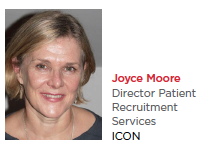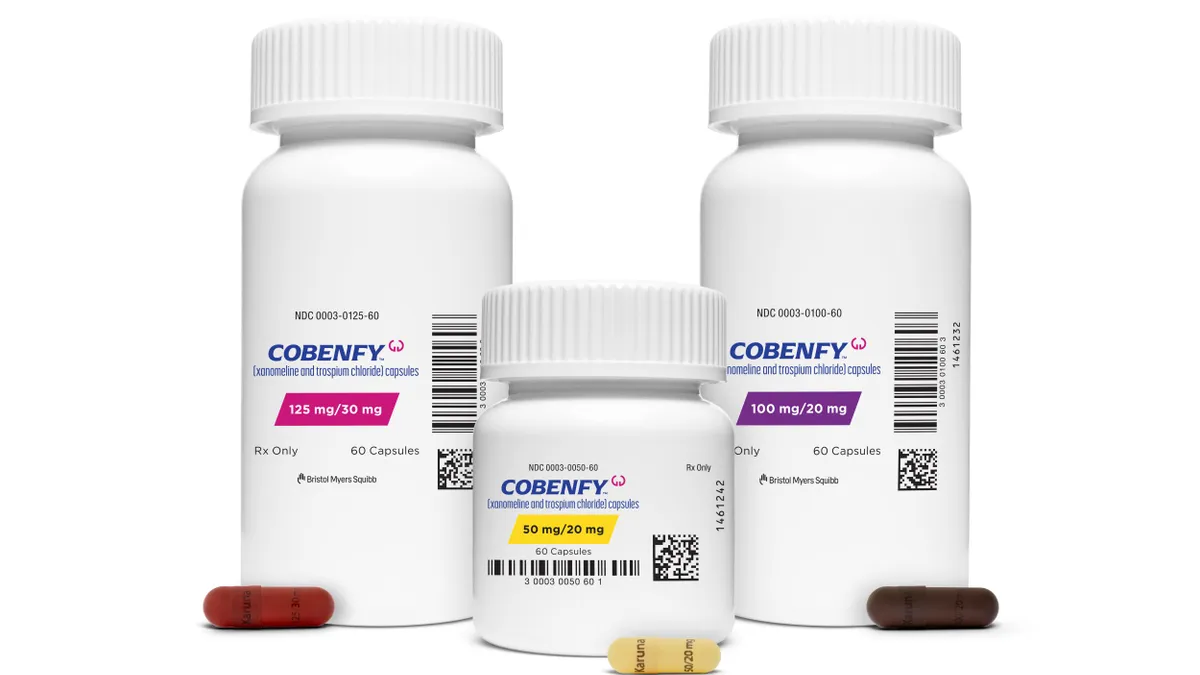 Access to patients continues to be a key challenge for the industry and with 37% of sites under enrolling and 11% of sites failing to enroll a single patient, things aren’t getting any better. If sponsors and CROs continue to react to challenges as they arise rather than planning for success up front the outcomes will not improve. Making it easier for the site and the patient to actively participate in a clinical trial is an essential part of increasing patient engagement and thus predictability in enrollment and retention. This includes upfront planning of site and patient management — identification, enrollment, and engagement that will make a difference and increase predictability in outcomes.
Access to patients continues to be a key challenge for the industry and with 37% of sites under enrolling and 11% of sites failing to enroll a single patient, things aren’t getting any better. If sponsors and CROs continue to react to challenges as they arise rather than planning for success up front the outcomes will not improve. Making it easier for the site and the patient to actively participate in a clinical trial is an essential part of increasing patient engagement and thus predictability in enrollment and retention. This includes upfront planning of site and patient management — identification, enrollment, and engagement that will make a difference and increase predictability in outcomes.
Changing Patient Dynamics
The patient journey has changed (and is still actively evolving) with increasing access to online information and the emergence of patient advocacy groups. Industry research has shown that patients still largely prefer to hear about healthcare options, including clinical trials, from their own doctor. However, in reality the general population can Google information on their condition and explore potential treatment options. The advantage of this is that the patient can have more informed conversations with healthcare professionals. The appointment of senior roles in biopharma with a focus on patient interactions is hardly a coincidence or unexpected as organizations look to address this changing dynamic and the need to get closer to this central stakeholder.
Patient Insight and Understanding
While the patient has always been at the centre of drug development, their perspective and opinion has not. Truly understanding the patient circumstances and needs informs the right trial design and endpoints and thereby the patient recruitment and retention plan. For example in many indications, including neurological conditions, it is important to understand the social environment and influential stakeholders around them, such as their family and/or caregivers, and ensure that these are taken into account in developing strategies. Patient input has real value and in some cases is critical because they may have different priorities and perspectives to regulators.
For example, mandating monthly visits for a patient with mobility issues may be difficult and inconvenient for both the patient and caregiver. This is the type of issue that has to be considered at the outset when designing the protocol and considering upfront what support tactics need to be put in place throughout the patient journey in a clinical trial. For example designing a schedule of events that allows for remote visits could be beneficial to even some of the patients. So how can the patient perspective be introduced? A range of methods that include patient insights, site and patient burden assessment and social listening can help to gain a more accurate assessment and understanding of the patient. This intelligence can be leveraged to develop an outreach communications program that engages and resonates with patients and informs the tactics that need to be deployed to keep the patient actively engaged throughout the trial. This more holistic, patient-centric approach can also be used to develop patient profiles and treatment pathways for more accurate alignment with the patient journey.
Engaging Potential Patients
Making the patient aware of clinical trials and more particularly connecting patients with the right trial in the right location is the next step. Traditional advertising channels can help with this but social media and digital channels have enabled a more targeted demographic and nimble approach. Providing the information the patient needs to understand whether they could potentially be eligible brings them one step closer to participation without having to travel or spend time waiting at a clinic. Digital advertising can be geo-located to specific distances around participating sites and patients can choose sites most convenient to them.
Empowering Patients to Make Informed Decisions
Supporting the patient to better understand the specifics of the trial and the commitments involved can be made easier with interactive multimedia videos designed to provide the information they need in an easily accessible format. One of the advantages of multimedia consenting tools is it enables the patient to query the details in a more convenient and dynamic way which makes the process more flexible, interactive, and engaging. eConsent also reduces site burden, enables real-time remoting monitoring and gives simplified oversight of patient enrollment to the study team.
Retention and engagement
After spending the time and resources to understand the patient and enroll them into a study it is important to maintain momentum and assign adequate resources into engagement and retention throughout the trial. The relevance of different tactics will depend on the protocol and can include SMS reminders for appointments, travel concierge services, debit cards for expense reimbursement, call centre support or even in-person support in the form of home healthcare visits.
By taking the time to understand the patient journey, how patients may evaluate treatment decisions and navigate the difficulties, it is possible to elevate the relationship between sponsor and patients to a new level, as partners. This will get both parties closer and hopefully improve the patient experience.(PV)
ICON plc is a global provider of drug development solutions and services to the pharmaceutical, biotechnology and medical device industries. The company specialises in the strategic development, management and analysis of programs that support clinical development – from compound selection to Phase I-IV clinical studies.
For more information, visit iconplc.com.


















